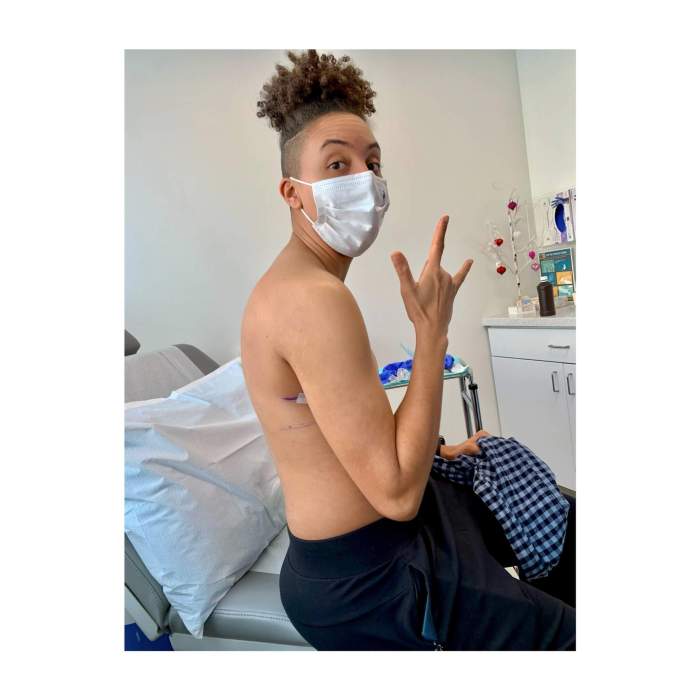The CDC’s latest “National HIV Surveillance System Report,” which examines statistics from 2015 to 2019, brings renewed attention to the racial inequities in the HIV crisis despite a drop in new HIV infections in the US.
The report’s findings, published on May 27, reveal that HIV infections declined by eight percent from 2015 to 2019 following a “period of general stability in new infections” across the country. Health experts attribute this progress to a drop in new HIV infections among gay and bisexual men — and even more so for younger queer men: There was a 33 percent reduction in new infections among those between the ages of 13 and 24. Research indicates that the overall decline is due to increased access to HIV prevention methods such as PrEP.
“The new data from the CDC is encouraging,” Carl Schmid, executive director of the HIV+Hepatitis Policy Institute, a group advocating for affordable healthcare for people living with HIV/AIDS and Hepatitis, said in a written statement. “It shows that we’re going in the right direction towards ending HIV. The use of PrEP is up substantially, which is great news. If we invest more in HIV prevention, including PrEP, and can get more people living with HIV on antiretroviral medications that suppress their virus, we can decrease the number of new infections.”
However, young queer men of color are still disproportionately hit by new cases. While nearly 23 percent of people eligible for PrEP were prescribed it in 2019 — a big jump from just three percent in 2015 — the racial disparities are also evident in these numbers. Eight percent of Black people and 14 percent of Latinx people who were eligible for PrEP were prescribed it compared to 63 percent of whites.
Furthermore, in 2019 66 percent of people diagnosed with HIV were virally suppressed, but there were also racial differences in this area. According to the CDC, 61 percent of Black individuals and 65 percent of Latinx individuals living with HIV were virally suppressed compared to 71 percent of whites.
In a press release, the CDC said Black individuals experience an HIV infection rate that is more than eight times as high as whites, while Latinx people face HIV rates almost four times as high due to inadequate access to HIV treatment and prevention. Additionally, the CDC stressed that more resources are required to dismantle these disparities and help meet their goal of ending the HIV epidemic.
Diagnoses among transgender individuals increased overall between 2015 and 2019, though the increase was concentrated among those between the ages of 25 and 44. There was a 23 percent increase in HIV diagnoses among trans folks between the ages of 25 and 34 and a 22 percent uptick among trans individuals between the ages of 35 and 44. While there was a sharp increase in HIV diagnoses among white trans people between 2015 and 2019, the diagnoses remained stable among Black and Latinx trans folks and there was a 14 percent decrease in diagnoses among Asian individuals. However, researchers cautioned that the number of transgender individuals involved in the data was small.
Last month, the Biden administration proposed a $267 million increase in funding for HIV testing, prevention, and treatment programs in the US, according to the administration’s discretionary funding request. The president is also pushing for a $46 million increase to the Ryan White HIV/AIDS programs and $20 million for the Department of Housing and Urban Development’s Housing Opportunities for Persons with AIDS (HOPWA) program, the HIV+Hepatitis Policy Institute said in a press release.
According to Schmid, the president’s backing is one of many steps toward eradicating the HIV crisis.
“The decrease over the last couple of years is a good start, but we still have a long way to go to end HIV,” Schmid said. “I am pleased that the Biden administration is continuing to prioritize ending HIV. With continued support and funding from Congress, we should continue to see further declines in HIV in the US.”
To sign up for the Gay City News email newsletter, visit gaycitynews.com/newsletter.




































